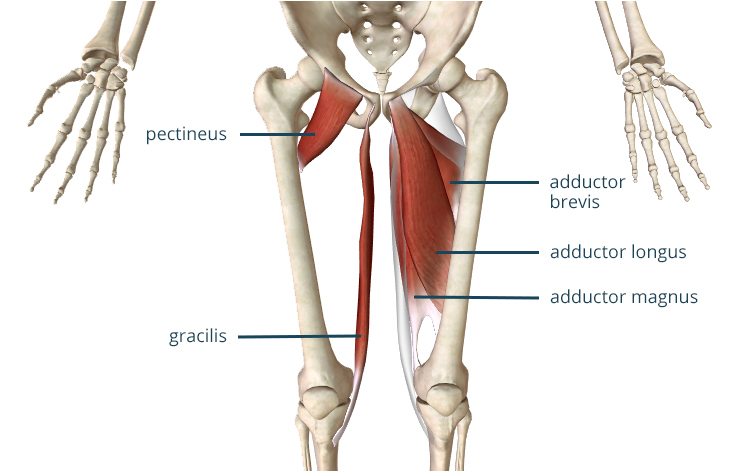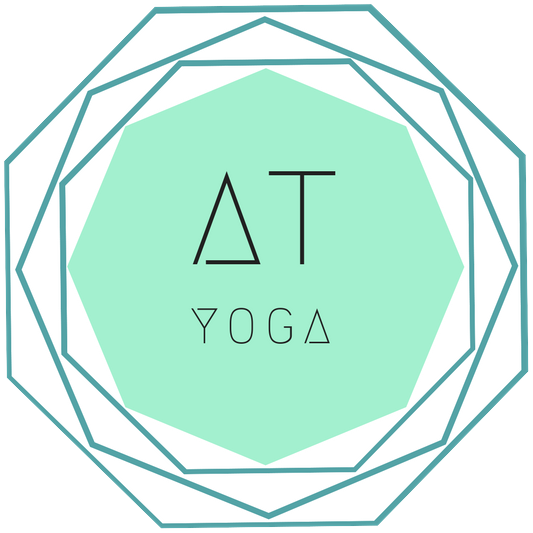
What are the adductors and where are they located?
The adductor group is located on the inside of the leg and consists of 5 muscles: Pectineus, Adductor Brevis, Adductor Longus, Adductor Magnus and Gracillis.
They help bring your thigh bone (femur) toward the center of your body (midline). They also assist in hip flexion (bring thigh bone closer to the stomach, ie when you sit/do a squat/dead lift ) and extension (when you come to stand, thigh moves away from body, creating wider angle/space between stomach and thigh).
We use these muscles in just about any leg movement, especially in weight-bearing exercises and poses, or horseback riding. Additionally, they contribute to the stabilisation and balance of the pelvis and body posture while standing, walking, or running.
What actions do the adductors do?
Adductor comes from the Latin words “ad” which means “toward” and “ducere” which means “to lead”. Hence adductors bring the legs towards the midline of the body.
- Pectineus assists in both adduction and flexion of the femur (thigh bone) at the hip joint.
- The primary function of Adductor Brevis is adduction of the thigh at the hip joint. Additionally, Adductor Arevis assists in flexion and medial (internal) rotation of the femur at the hip joint.
- The primary action of Adductor Longus is adduction of the thigh at the hip joint. It also assists in flexion and medial (internal) rotation of the femur at the hip joint.
- The primary action of Gracilis is adduction of the thigh. It also assists in flexion of the knee and medial rotation of that flexed knee.
Adductor muscle injuries
Weak, tight adductors are common in many young athletes and people. Most common lower-body exercises don’t target the adductors, or they allow for compensations that work around weak adductors.
Sitting with our legs crossed (yes, ladies) for an extended period of time tighten your hip adductors (inner thighs) and weaken your hip abductors (outer hip). As we sit more and more and walk less and less, this pattern of imbalance becomes more common and more pronounced.
What can we do to strengthen them
The good news is that strengthening the adductors requires just a handful of focused exercises:
Isometric Ball/Block Squeezes: Lie on your back and squeeze a (soccer/volley) ball or yoga block between your knees as hard as possible for 10-20 seconds in a bridge position (pelvis lifted off the floor).
Single leg squats and lateral lunges are good too.
===
